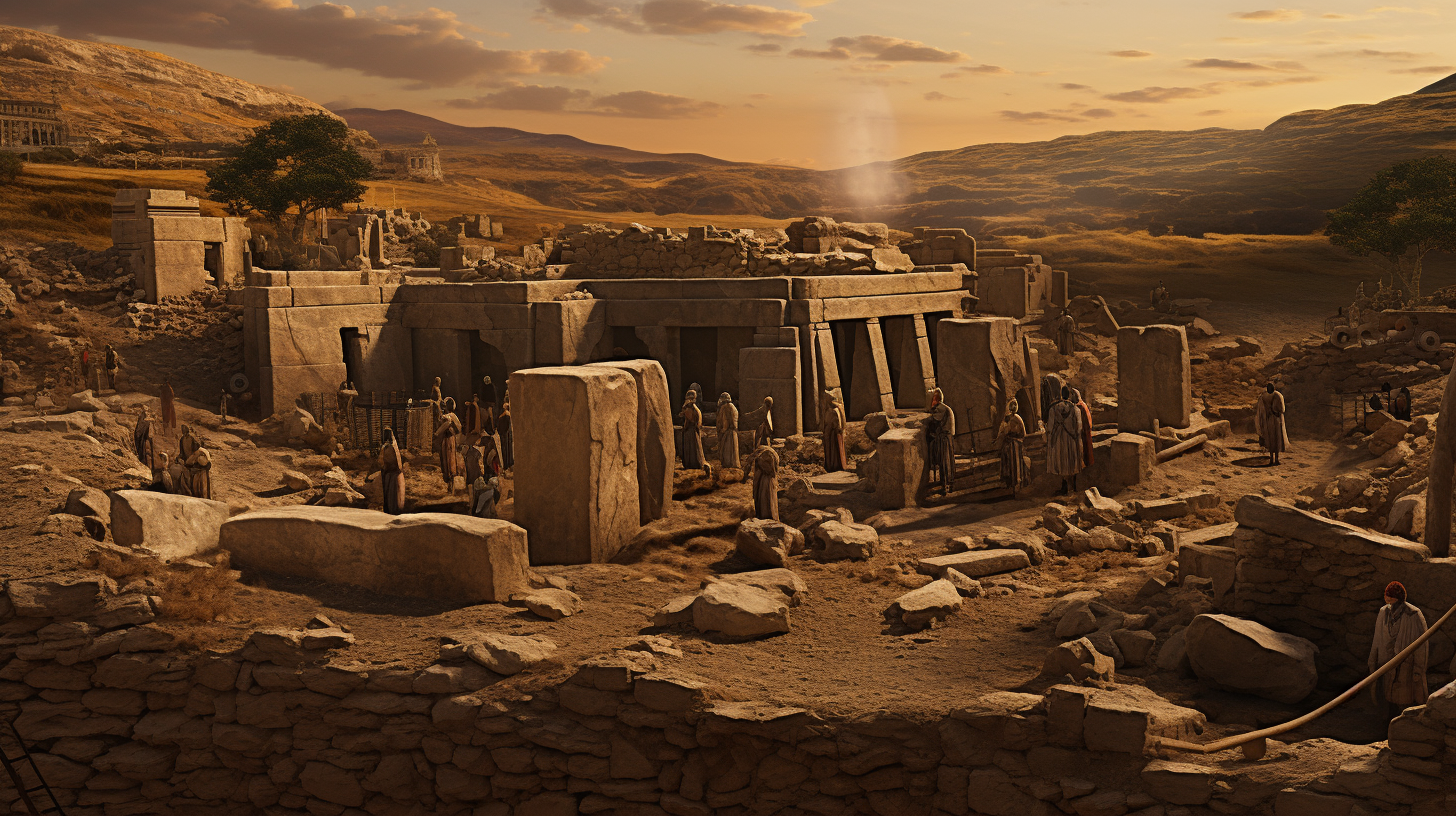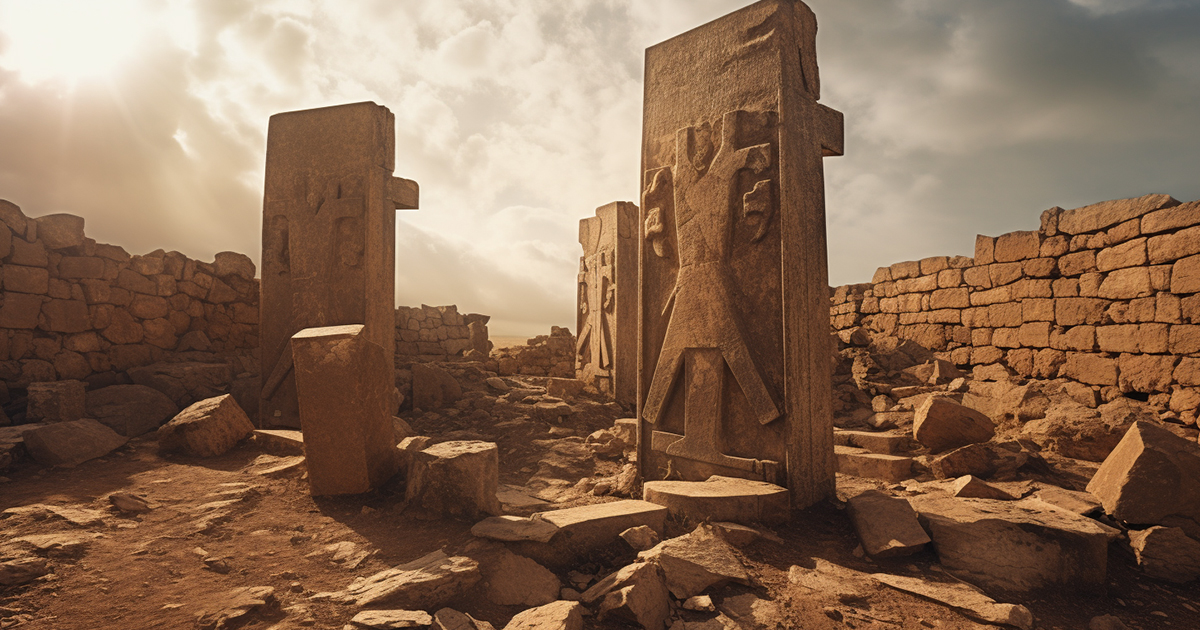Hidden deep within the fertile lands of Sanliurfa, Turkey, nestled amidst rolling hills, lay a long-guarded secret waiting to be revealed. In the chill of an October day in 1994, shepherd Safak Yildiz, committed to his flock and the land, came across a peculiarly shaped stone. This seemingly insignificant discovery was destined to capture the world’s imagination and reshape our historical narrative.
An air of anticipation swept through the region, attracting the arrival of Klaus Schmidt, a distinguished archaeologist from the renowned German Archaeological Institute. Little did they know that the peculiar stone was merely a hint of a deeply buried ancient puzzle yearning to be unraveled.
Through Schmidt’s meticulous excavation, a multitude of massive stone monoliths emerged, some weighing up to 20 tons. Adorning these impressive t-shaped pillars were intricate carvings depicting a variety of animals, birds, and insects, a testament to the craftsmanship of a forgotten era. The sheer magnitude of effort required to transport and sculpt these stones left archaeologists in awe.

Nestled at the core of Gobekli Tepe were circular enclosures, each housing two monumental t-shaped pillars facing one another. While the carvings were captivating, the true purpose of this grand site remained a mystery. Clearly not a habitat, as no signs of daily life or human remains were found, and the absence of cultivated plants and wild animal bones deepened the enigma.
Pursuing answers, Klaus Schmidt turned to radiocarbon dating to unlock the mysteries of Gobekli Tepe. The results were astounding; these stone structures could potentially date back 12,000 years, preceding humanity’s earliest known civilization by over 5,000 years. This revelation challenged conventional beliefs that deemed hunter-gatherer societies incapable of such monumental endeavors.
The implications were profound, prompting reflections on the capabilities of our ancient predecessors. Could primitive hunter-gatherers have truly orchestrated such advanced megalithic wonders? While mainstream scholars grappled with this question, an alternative hypothesis began to take form.
Ancient astronaut theorists, dissatisfied with the established narrative, put forth an alternative explanation. They proposed that Gobekli Tepe was the brainchild of survivors from a lost civilization nearly eradicated by a global catastrophe. Their assertions found backing in evidence of a catastrophic event believed to have occurred at the end of the last ice age.
Spanning from around 108,000 BC to nearly 10,000 BC, this event played a central role in their argument. According to their perspective, the survivors of this calamity, armed with advanced knowledge and skills, embarked on constructing Gobekli Tepe as a testament to their enduring legacy.
Watch the Video below:
As debates endure, Gobekli Tepe stands silently as a guardian of a past epoch, offering tantalizing hints about our ancestors’ abilities and their enigmatic motivations. Despite the veil of mystery surrounding the true purpose of this ancient marvel, it serves as a poignant reminder that our history is a complex tapestry woven with marvels and intricacies beyond complete understanding.
